- Continue Shopping
- Your Cart is Empty
About Greek Yogurt & Beyond
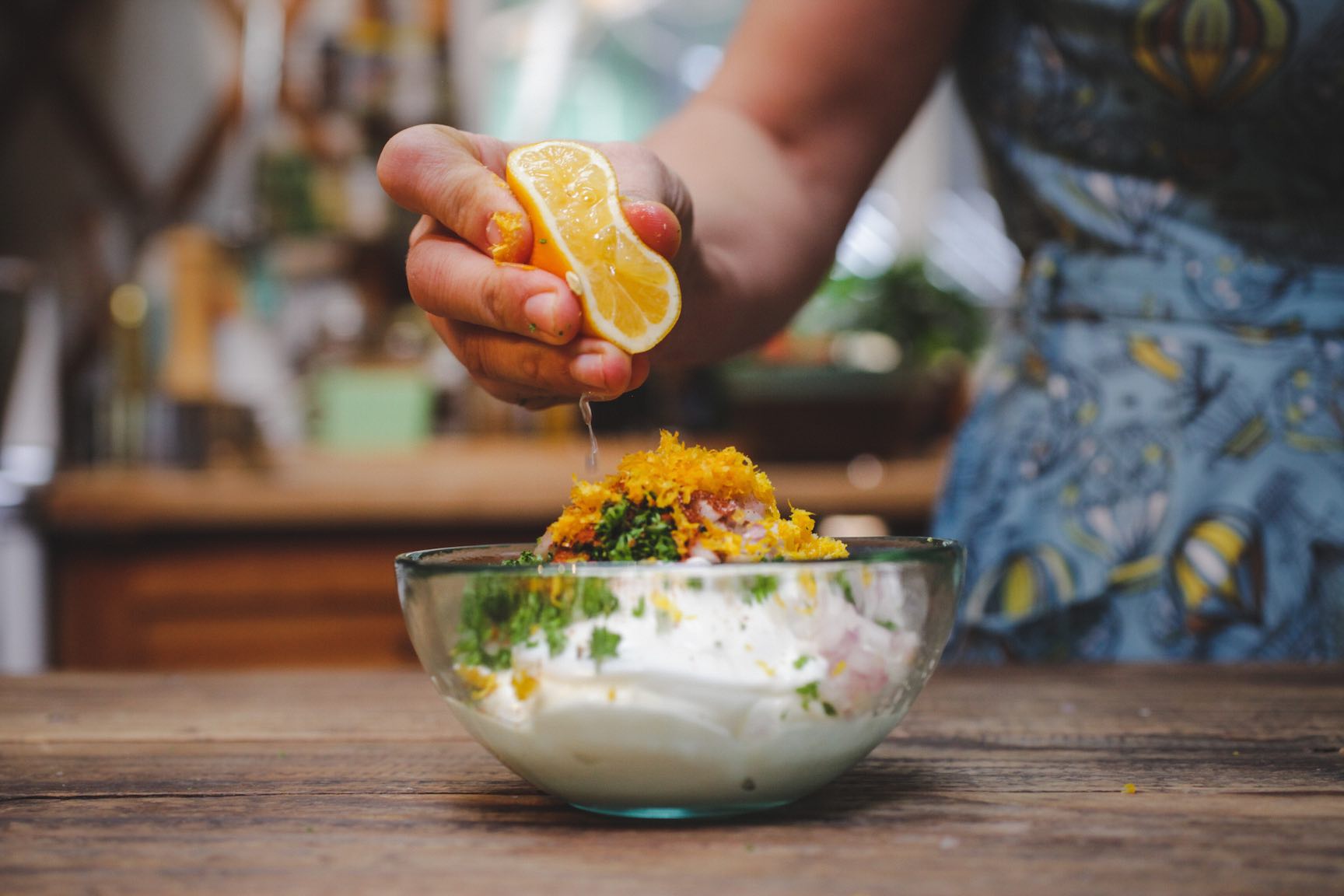
The photo above is for a delicious dip that can be made when Greek yogurt is strained for an extended period of time to create a luscious soft texture.
Greek Yogurt is the cool kid in the fridge, thick and creamy, at home in sweet and savory applications. There’s so many brands and flavors to choose from, and each one seems to have it’s own unique texture and consistency. Which is best?
For those of us making yogurt at home, the choices are no less numerous. Which culture to choose? Can Greek yogurt be made only from the special Greek culture? What makes it so deliciously thick and creamy? We’re in the thick of it with you, and we offer some answers to the age old conundrum of nature vs nurture. Or perhaps in this case we should say culture or nurture. Is it the (whey) way we treat the yogurt, or the culture itself, that makes Greek yogurt? Let’s take a closer look.
What is Greek Yogurt?
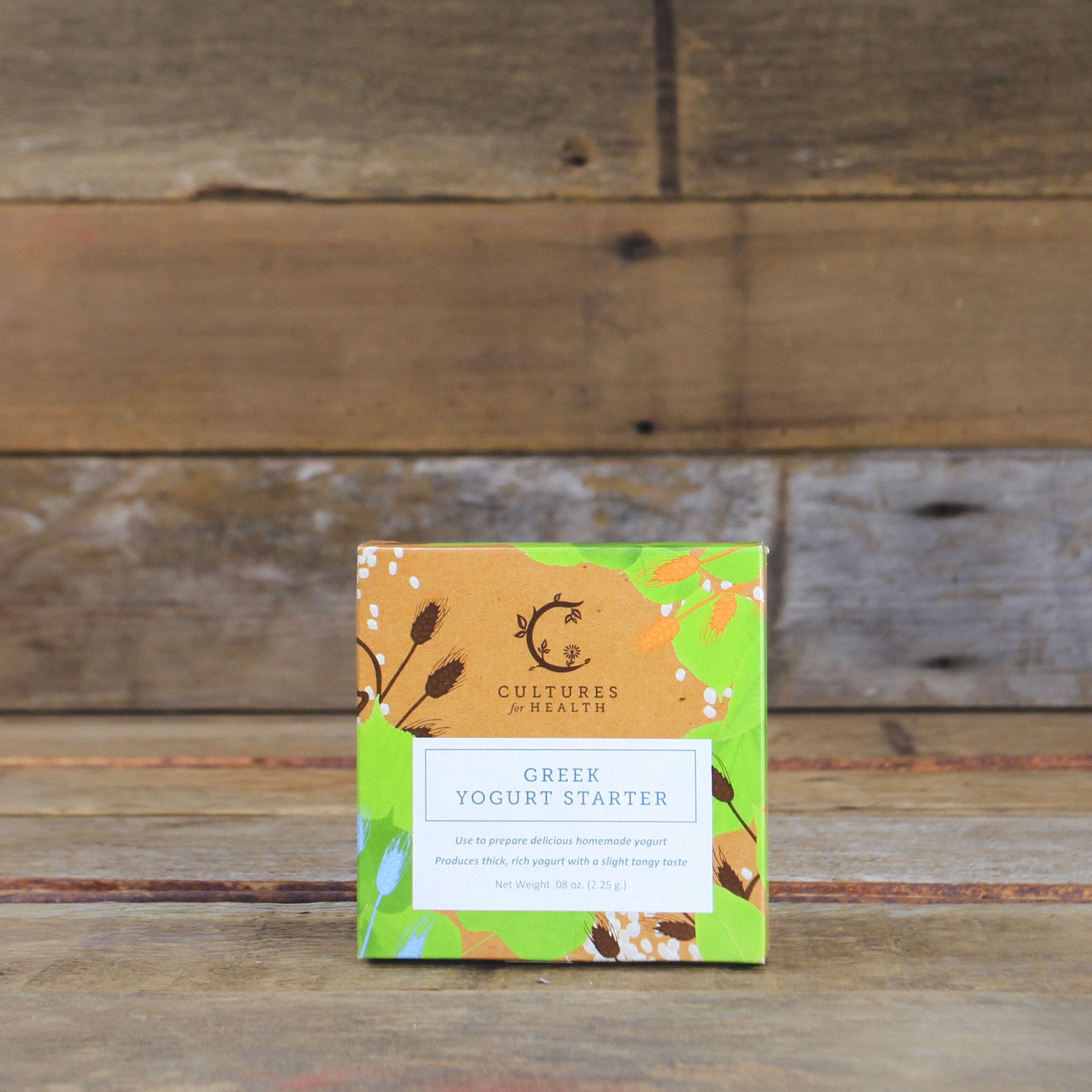
First, we should define Greek yogurt, as distinct from the similarly named Greek Style Yogurt. To be absolutely true to provenance, we might say that the true Greek yogurt is the cultured strains of bacteria that have been made in Greece for hundreds of years. This yogurt is microbially distinct from yogurt that has been cultured from other starters, originating in other parts of the world.
The heirloom Greek Yogurt Starter that we carry is the actual strain of yogurt that has been cultured in Greece for so many generations. It contains all of the Lactobacillus species we expect to find in a yogurt; L. lactis, L. Acidophilus, and more. It also contains many “supporting” bacteria, which occur in very low numbers, but contribute to the stability of the culture. Their exact effects as individuals are difficult to gauge, as they occur in such small concentration. However, their presence makes for a more stable, and mircobially diverse yogurt, with a wide range of beneficial bacteria. It is an heirloom culture, and will continue to produce consistent results when using a tablespoon of yogurt to inoculate a new batch. But the culture itself is only part of the story.
Greek Yogurt is Strained Yogurt
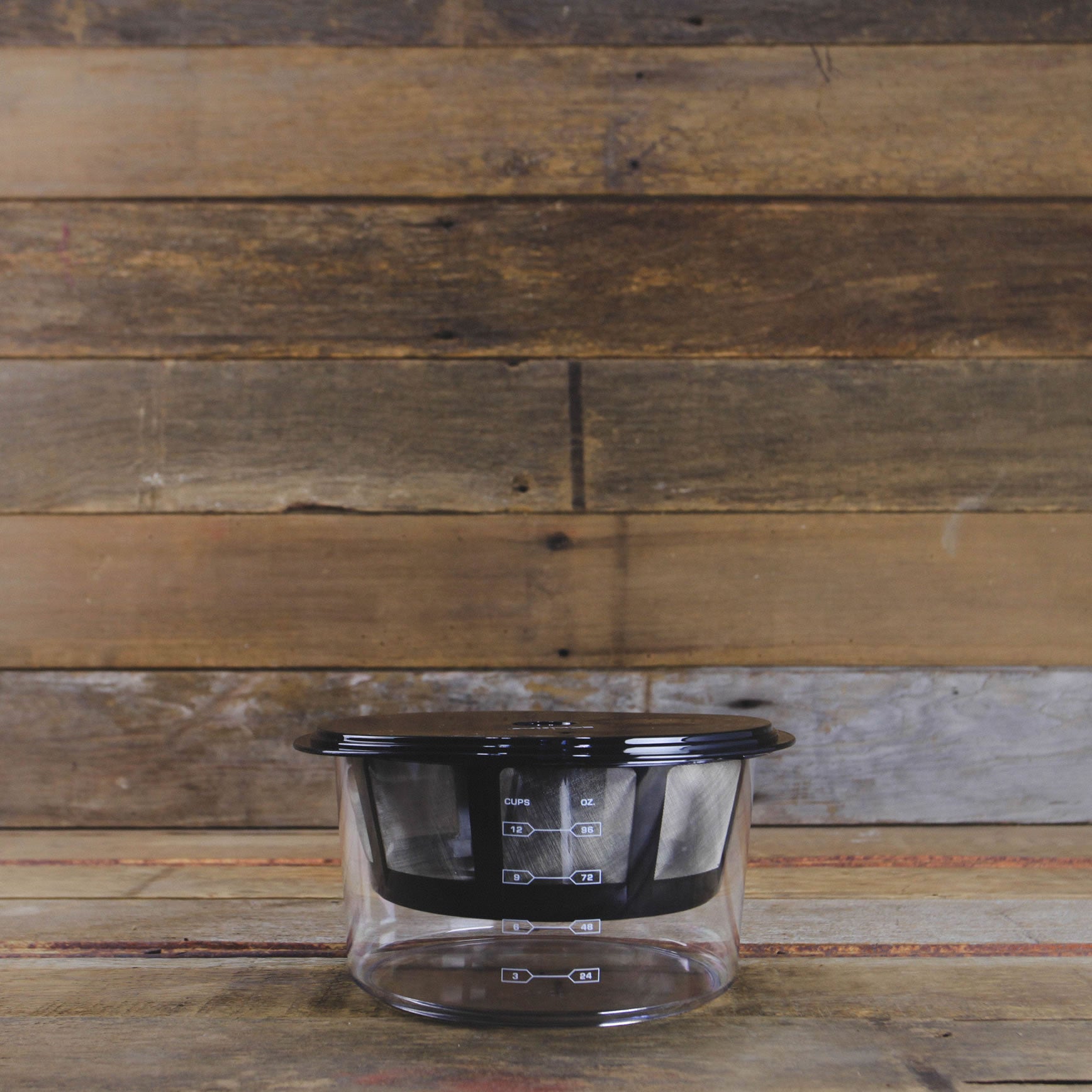
The Greek method of making yogurt involves straining the yogurt after culturing, a process that drains more whey from the yogurt itself, reducing it’s volume, changing the nutritional profile, and thickening the consistency. Although the culture contributes to the mild flavor of the yogurt, the thickness is generally what people value and look for in a Greek, or Greek-style yogurt.
Any yogurt strain can be treated in this way, resulting in a dairy treat that resembles very closely the traditional Greek yogurt. The Y3 Creamy and Y5 Sweet cultures that we carry can also make delicious Greek style yogurt after being strained. These cultures are blended in a lab, to contain specific amounts of various Lactobacillus and Streptococcos species. While these cultures make a delicious yogurt, they are intended as single-use only cultures, and are not meant to be used to inoculate the next batch of yogurt as the heirloom cultures are.
Unlike the heirloom cultures, which are a stable community of organisms, the lab cultures are blended in proportion to each other, without the cast of supporting characters that make a stable population. If used to inoculate the next batch of yogurt, they will probably induce fermentation, and will likely make a kind of yogurt; however, the results will not be consistent or stable over time. The same is true of using store-bought yogurt to start off a batch of your own. It works…kinda. Different brands use their own cultures, so results will vary.

After the initial incubation period, the yogurt is run slowly through a fine strainer or screen. A cheesecloth bag is an acceptable strainer, but the fine stainless steel mesh of a strainer such as the Euro Cuisine Greek Yogurt Maker makes the task much easier and cleaner.
The longer the yogurt is left to strain, the more whey will drain from the yogurt. The whey contains some milk sugar, or lactose, so the straining step will actually reduce the amount of lactose in the finished yogurt, making it a good choice for those who have difficulty-digesting dairy. (Bear in mind that it is only reduced as compared to other yogurts, and still contains some lactose.)
The whey is of a more acidic pH, so the strained yogurt will seem to mellow in flavor, as the acidity leaches out of the milk solids. However, the whey also contains calcium, which is lost in the straining process, so a Greek yogurt will generally have about 30% less calcium than unstrained yogurts. Strained Greek yogurt will also have fewer carbohydrates; much of the carbohydrates are strained out with the whey.
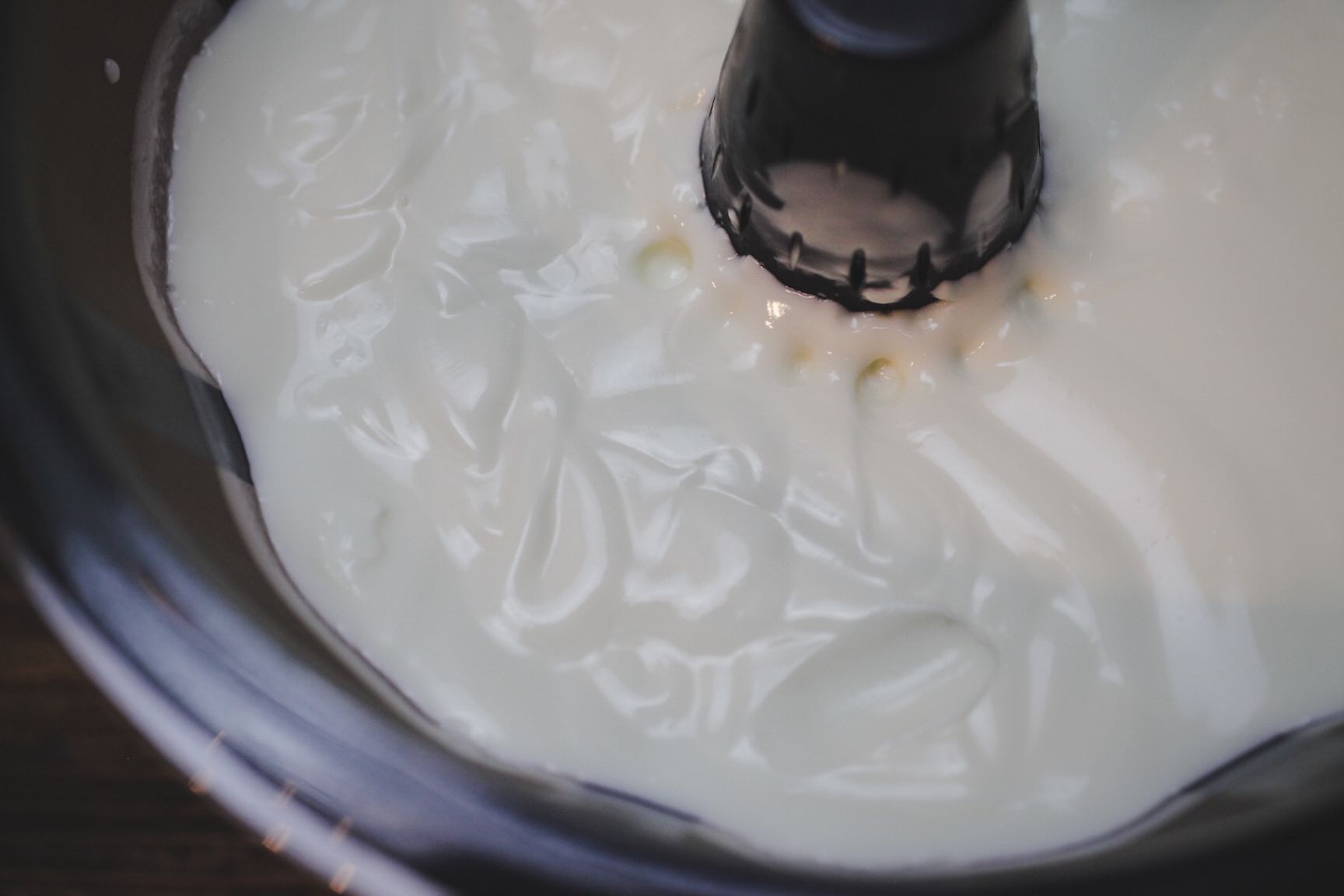
Because the volume of the yogurt is reduced by up to half, the finished product is more concentrated. Greek yogurt will contain up to twice the amount of protein as regular yogurt, depending on how much whey is drained from the yogurt. It tends to have a higher saturated fat content for this reason, too.
What You Can Do With Your Yogurt
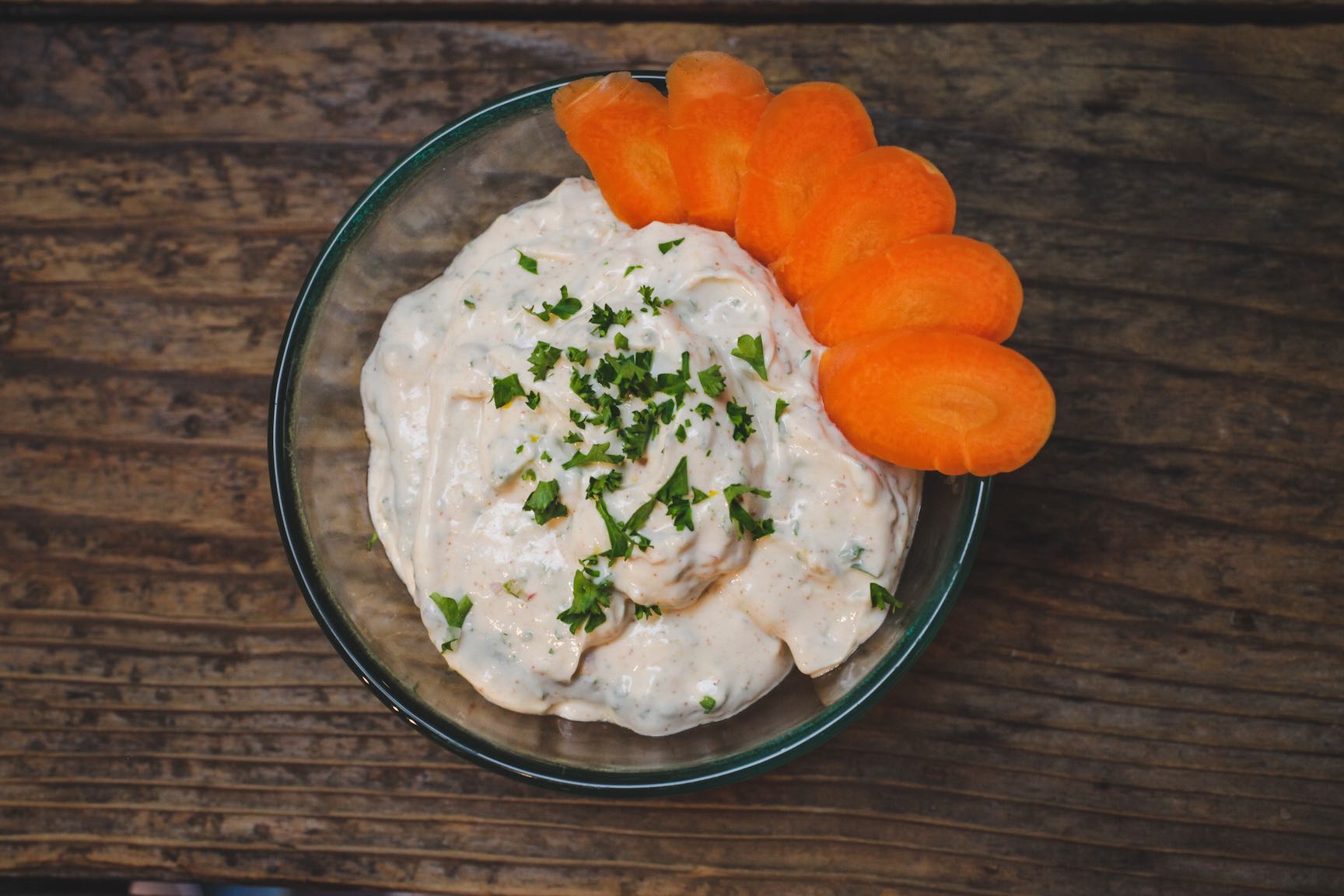
If the yogurt is strained for a very long time, 18 hours, say, the remaining yogurt becomes very thick, almost like a soft cheese. It can be treated just like a soft cheese, even molded into forms and rolled in herbs for a savory presentation, or whipped to create a luscious dip (as shown above).
After straining, the whey can be used for a multitude of creative purposes. It makes a highly nutritious soup base, and can be added as the liquid portion in many bread recipes, to give the yeast added nutrition and create a richer flavor. The strained whey can also be flavored with fruit juice and used to create probiotic sparkling beverages; the lactobacillus bacteria that create yogurt are also active in many of our other favorite ferments, from kefir to sauerkraut. Future editions of the Journal will contain more ideas and recipes for using whey.
So now that we know how to make real Greek Yogurt, the issue becomes, what about all the imitations?
We know that the whey is full of nutrition; however, there are few industrial applications for it. Sometimes the whey is sold as an additive to pet foods, or dehydrated and sold as a nutritional supplement. The recent Greek yogurt craze, however, has resulted in a flooded whey market, where supply far outstrips demand. The useful whey becomes a waste product, which requires special handling and disposal, which can be costly to the producers. Too, straining the whey reduces the final volume of yogurt, leaving less for producers to sell. So, many commercial Greek yogurt producers resort to artificial thickeners. Instead of straining the whey out, they simply add thickeners to approximate the texture of a real Greek yogurt. Everything from guar gum, to pectin, to agar agar is added to the cultured yogurts. The nutritional profile of these Greek Style yogurts is more similar to that of a regular, unstrained yogurt, yet often they command the same high price as the more labor-intensive Greek yogurt.
Homemade is Always Better & Were Always Here to Help
Making your own yogurt has long been known to be a money-saving proposition, with milk often costing less than half of the price of cultured yogurt. When you make your own yogurt, you can easily control the flavors and sugar content, as well as ensuring that no artificial thickeners and emulsifiers have crept in to the mix. Straining your homemade yogurt to make Greek yogurt will give you the thick, rich, nutritious benefits of traditional Greek yogurt, regardless of the culture used.
As always, we are here to help, so call us with any questions about your yogurt culturing questions, Greek or otherwise!
If you're ready to get started today then check out our awesome supply of starters and equipment here!
Over to You
It’s part of our mission here at Mountain Feed to help you make delicious, sustainable, homemade food more often. Stop by and say hello on Facebook, Twitter, Instagram or Pinterest. Or, as always, you can do it the old fashioned way and come by the store to speak with one of our in-house experts.
